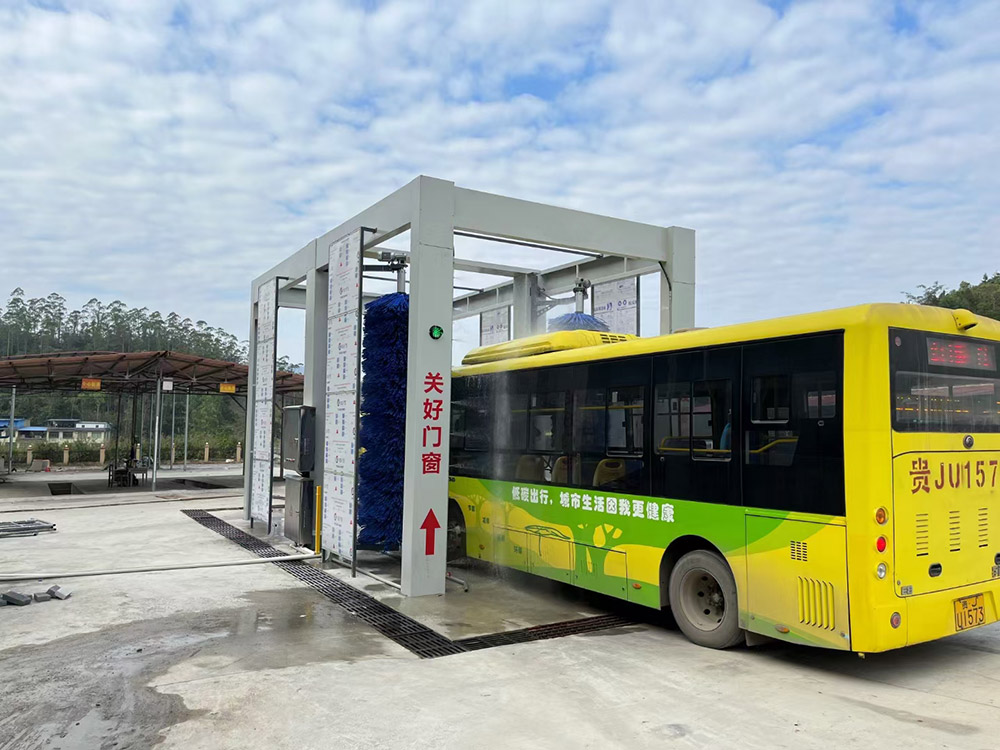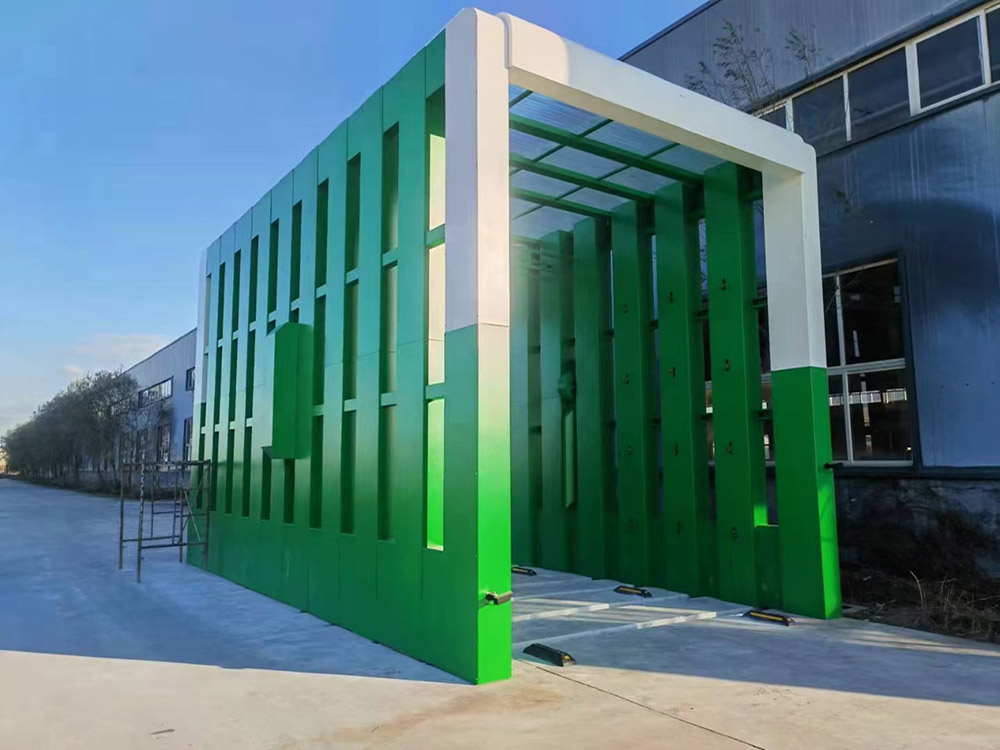Road pollution—driven by sediment, debris, and chemical-laden runoff from vehicles—poses a growing threat to urban ecosystems, air quality, and public health across the United States. Construction sites, quarries, and waste management facilities are major contributors, as trucks exiting these sites often carry mud, gravel, and pollutants that dislodge onto roadways. Mud-flushing roller wheel washers have emerged as a practical, cost-effective solution to curb this problem. Unlike basic pressure washers, these specialized systems use rotating rollers and targeted water jets to thoroughly clean vehicle undercarriages and tires, preventing pollutant transport before it starts.
How Mud-flushing Roller Wheel Washers Work
Mud-flushing roller wheel washers operate on a simple yet effective design tailored for high-traffic industrial sites. When a vehicle drives onto the washer’s grated platform, sensors activate rotating steel or rubber rollers that lift and agitate the tires. Simultaneously, high-pressure water jets—positioned above, below, and alongside the wheels—blast away caked mud, dirt, and debris. The wash water, containing captured sediment, drains into a built-in filtration system, where solids are separated and recycled. This closed-loop process minimizes water waste while ensuring only clean vehicles leave the site. Many modern models also include chemical injection options for removing oil or grease, further enhancing their cleaning power without harming the environment.
Reducing Road Pollution at the Source
The primary benefit of these washers is stopping pollution before it reaches public roads. Without proper cleaning, a single construction truck can deposit up to 50 pounds of sediment per trip, according to the Environmental Protection Agency (EPA). This sediment clogs storm drains, contributes to harmful algal blooms in local waterways, and becomes airborne as dust, worsening respiratory issues. Mud-flushing roller washers remove 90% or more of surface debris from vehicles, drastically cutting the amount of pollutants that end up on roads. In cities like Houston and Phoenix, where construction booms have strained air and water quality, mandatory use of these washers at large sites has reduced road sediment by 35–40% in targeted areas, per local transportation department data.
Economic and Environmental Advantages
Beyond pollution reduction, mud-flushing roller washers offer tangible benefits for businesses and communities. For site operators, they lower fines for non-compliance with EPA and state stormwater regulations—a critical advantage as enforcement has tightened in recent years. They also reduce wear on vehicle tires and undercarriages, cutting maintenance costs. For communities, less road sediment means fewer potholes (caused by trapped water expanding and contracting) and lower municipal street-cleaning budgets. Environmentally, the closed-loop water system reduces consumption by 80–90% compared to traditional hose washing, conserving scarce water resources in drought-prone regions.
Future Adoption and Industry Impact
As cities and states prioritize clean water and air initiatives, demand for mud-flushing roller washers is rising. The U.S. market for these systems is projected to grow by 6–8% annually through 2030, driven by new construction regulations and public-private partnerships focused on infrastructure sustainability. For the construction and waste management industries, adopting these washers is no longer just a compliance measure—it’s a way to demonstrate environmental responsibility and build community trust. In the fight against road pollution, mud-flushing roller wheel washers have proven to be a small investment with outsized, long-term benefits for both people and the planet.





